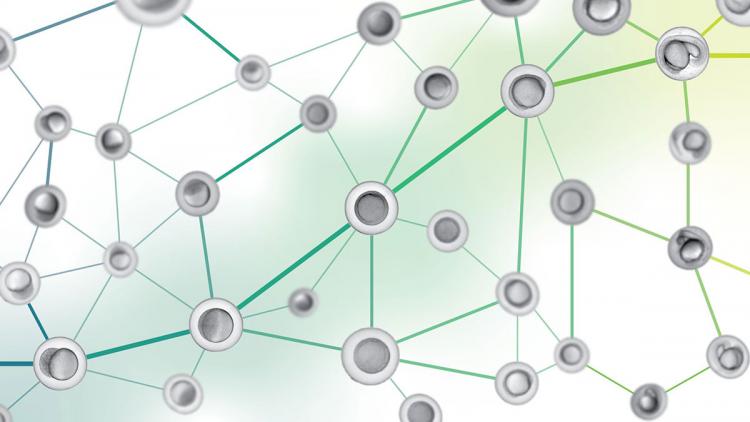Cutting-edge research at the University of Konstanz, led by systems biologist Patrick Muller, is pioneering the use of artificial intelligence (AI) to discern and monitor the tempo and phases of embryonic development, a breakthrough detailed in the journal Nature Methods.
This innovative approach eliminates the need for human intervention by autonomously capturing the pace of developmental processes and identifying distinctive stages. Animal embryos undergo a sequence of defining developmental stages from a fertilized egg cell to a fully functional organism. However, variations exist, not only between species but also among embryos of the same species.
Muller highlighted the disparities observed under microscopes between actual embryos and their schematic representations. He emphasized the gradual nature of transitions between stages, dispelling the notion of abrupt changes.
The pace of embryonic development isn't rigidly fixed; several factors, including temperature, can influence it significantly, Muller explained.
The AI-driven method devised by Muller's team marks a significant stride forward. In an initial application, the researchers trained their Twin Network using over 3 million images of healthy zebrafish embryos. This AI model was then utilized to automatically determine the developmental stage of other zebrafish embryos.
Remarkably, the AI showcased its capability to pinpoint critical junctures in zebrafish embryogenesis and identify distinct developmental stages sans human involvement.
Furthermore, the researchers harnessed the AI system to analyze the developmental stages of embryos and elucidate the temperature-related impacts on embryonic growth.
Despite being trained on images of normally developing embryos, the AI demonstrated its adeptness at identifying anomalies that occasionally arise spontaneously in a percentage of embryos or result from environmental toxins.
The authors highlighted the broad applicability of their Twin Network-based method, emphasizing its potential to scrutinize the temporal and stage-based aspects of embryonic development across various animal species once the requisite image data is available.
(With Agency Inputs)
ALSO READ | Report Says Misinformation Super-Spreaders on Platform X Sharing Ad Revenue


















